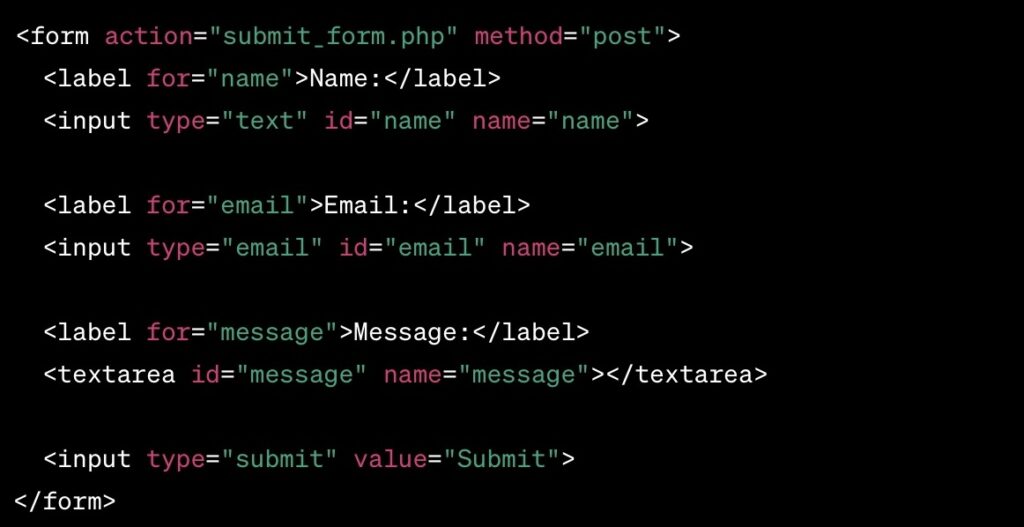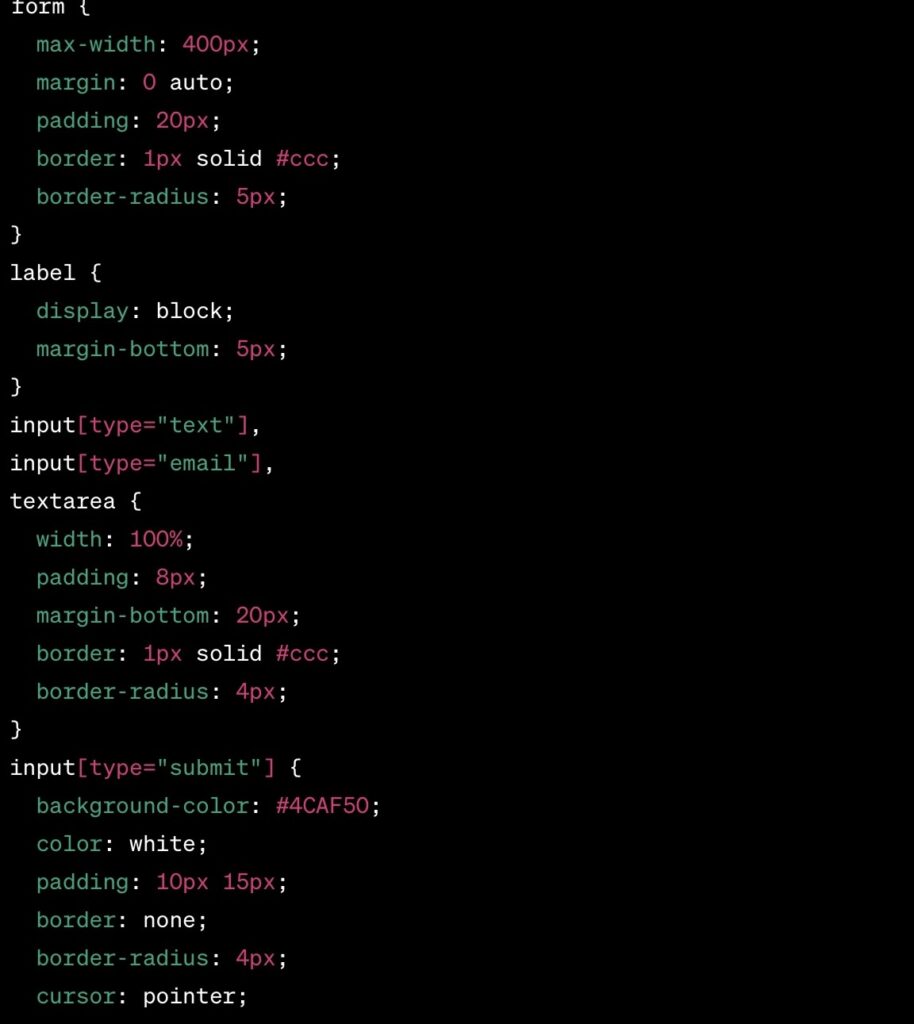Web design is an art and a science, requiring a blend of creativity and technical know-how. One of the foundational skills of any web designer is the ability to integrate CSS with HTML. This article delves into three methods to accomplish this, each with its unique advantages.
CSS and HTML Integration: Essential for Web Development
HTML and CSS are fundamental to web development. HTML structures the content, while CSS styles it, allowing for the creation of visually appealing and functional websites. Understanding how these two languages interact is vital for every web developer.
Method 1
Inline CSS Inline CSS involves directly embedding style declarations in HTML elements using the ‘style’ attribute. This method is best used for quick, small-scale styling tasks.
Advantages of Inline CSS:
- Provides immediate visual feedback;
- No need for an external or internal CSS file.
Disadvantages of Inline CSS:
- Reduces HTML clarity due to mixing content with presentation;
- Inefficient for styling multiple elements with the same style.
Example of Inline CSS:

Method 2 Internal CSS
Internal CSS Internal CSS is defined within the <head> section of an HTML document, using the <style>tag. It’s suitable for single-page applications or small-scale projects.
Advantages of Internal CSS:
- All styles are contained in one HTML document;
- Convenient for small websites or demo pages.
Disadvantages of Internal CSS:
- Increases the size of the HTML document;
- Less efficient for styling multiple pages.
Example of Internal CSS:

Method 3: External CSS
External CSS is the standard for professional web development. Styles are defined in separate CSS files and linked to HTML documents.
Advantages of External CSS:
- Maintains a clean separation of content and style;
- Styles can be reused across multiple HTML documents.
Disadvantages of External CSS:
- Requires understanding of linking CSS files to HTML;
- Involves an additional HTTP request for the CSS file.
Example of Linking External CSS:

Best Practices for CSS and HTML Integration
1. Adopt Clear and Consistent Naming Conventions:
- Purpose: Enhances code readability and maintenance;
- Strategy: Use semantic names that reflect the function or role of the element. For instance, use .navigation-menu instead of .nav.
Example:

2. Extensive Commenting for Complex Styles:
- Purpose: Simplifies future modifications and teamwork;
- Strategy: Include comments to explain the rationale behind specific styling choices, especially for complex selectors or intricate layouts.
Example:

3. Prefer External CSS for Scalability and Maintainability:
- Benefits: Allows for styling consistency across multiple pages and easier maintenance;
- Implementation: Link a separate CSS file to the HTML document instead of using inline or internal CSS.
Example:

Creating a Contact Form in HTML with CSS Styling
1. Building the HTML Structure:
- A contact form is a vital component of many websites, providing a way for users to communicate with the site owners;
- Implementation: Use HTML to create the structure of the contact form, including input fields for name, email, message, and a submit button.
Example:

2. Styling the Form with CSS:
- Purpose: Enhancing the visual appeal and usability of the contact form;
- Strategy: Apply CSS to improve the layout and style of the form, making it consistent with the overall design of the website.
Example:

Incorporating a contact form into your web design provides a direct line of communication between you and your users, enhancing engagement and user experience. By applying CSS styles to the HTML structure of the form, you ensure that the form is not only functional but also visually integrated with the rest of your site’s design. This approach exemplifies the synergy between HTML and CSS in creating effective web components.
Conclusion
Selecting the right method to add CSS to HTML depends on the specific needs of the project. Inline CSS is quick but limited, internal CSS is better for small projects, and external CSS is ideal for comprehensive web applications.



